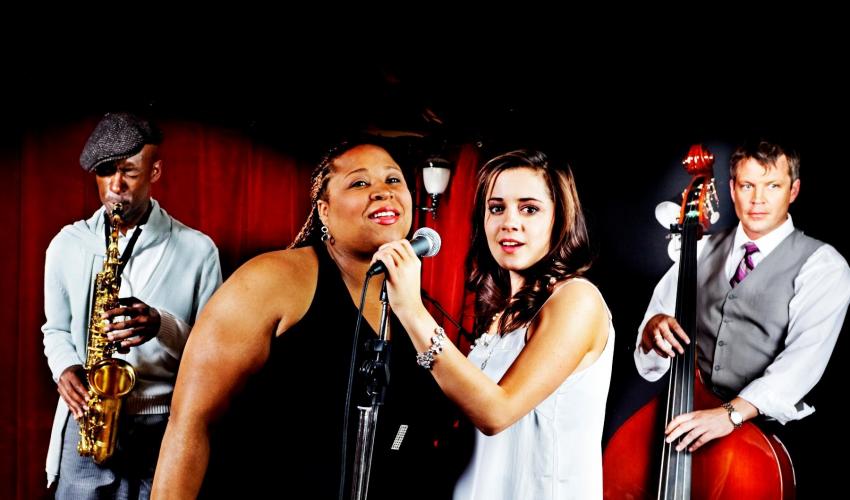Press Room

From Billie Jean to Happy, the Chorus Sings Success
The existence of a chorus, like the six vocalists in 'Happy' by Pharrell Williams, and a large or minimalist instrumentation. These are the ingredients needed to make a song a hit, according to a study by Andrea Ordanini, Department of Marketing at Università Bocconi, and Joseph Nunes, University of Southern California (USC), who analyzed the audible instrumentation in approximately 2,500 songs from the past 55 years.
The study, published in Musicae Scientiae, a publication by the European Society for the Cognitive Sciences of Music, documented the relationship between the combinations of audible instruments in a song and its success in the charts, analyzing and comparing the 1,029 songs that reached first place in the Hot 100 charts on Billboard during the period 1958-2012 and the 1,451 songs that did not reach higher than 90thplace. Several musicology PhD students at USC listened to and codified the instruments and choruses that can actually be heard on all the songs studied.
The researchers identified two particular configurations – chorus, synthesizer and simple guitar; and chorus, synthesizer and distorted guitar – which characterize the majority of the hits. This formula can be found, for example, in all of Michael Jackson’s n.1 hits, from 'Billie Jean' to 'Bad'. There are three configurations that characterize the songs that stayed at the bottom of the charts, including 'Nothing Really Matters' by Madonna: acoustic guitar, acoustic piano and no strings; simple guitar, acoustic piano and bass; and synthesizer and no electric piano.
“It is clear right away that there is a common thread in all the configurations that characterize the top songs: the presence of a vocal accompaniment,” says Ordanini. “There is no chorus, however in all the songs that stayed in the bottom of the charts. One interpretation is that the presence of choral singers helps define the ‘vocal timbre’ and facilitates repetition of the more catchy parts of the song.”
Regarding the number of instruments used, the study shows that non-conventional use leads to success. On average, songs use between 3 and 5 instruments, but the study demonstrates that songs that use more or less are the ones that reach the top of the charts. The research also shows how the public’s preference for instrumental ‘density’ has changed over time. Up until the ‘70s, listeners preferred a simple instrumentation, then an increasing complexity was rewarded until the mid-2000s, to then return to a preference for simplicity over the past decade.
“Consumers seems to reward songs with a simple or sophisticated instrumental structure, characterized by specific instrumental configurations with the role played by the chorus standing out,” says Ordanini. “Our analysis shows the aspects of instrumentation that lead to success even though there are of course also other factors – such as marketing, the impact of the artist, the musical genre – that can influence the chances of the position on the charts. The study controlled several of these factors, but not all, therefore also highlighting interesting opportunities for future research.”
The study represents the first result of a broader research project on the processes of musical consumption that the authors are developing.
Press Office
Universita' Bocconi
Phone +39-02.5836.2324
Mobile +39-335.635.2819
Head of Press Office
Universita' Bocconi
Phone +39-02.5836.2330
Mobile +39-335.123.1716







